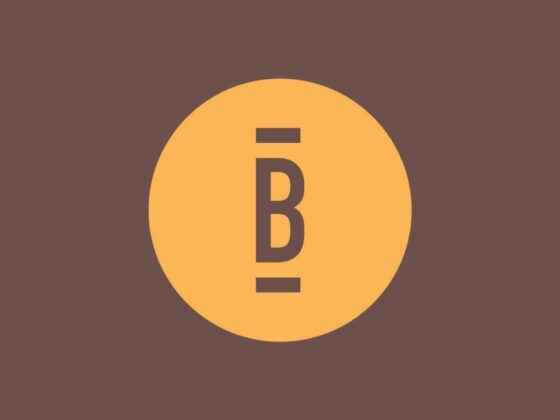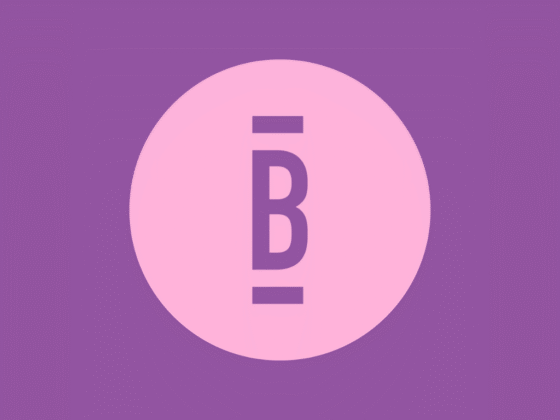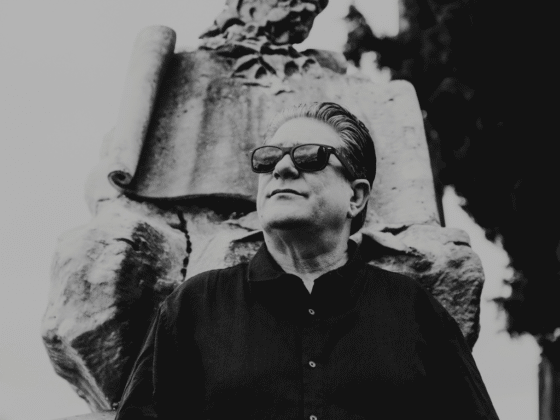It’s been 20 years since the release of Balance 006 mixed by Anthony Pappa. A pivotal part of the our story, we dive deep with Anthony Pappa to discuss his career and his peerless Balance 006…
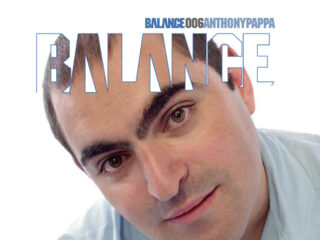
✍🏿 by Walter Juan
* Scroll down to bottom of article for a special Anthony Pappa mix…
Few DJs capture the imagination of prog punters like Australia’s Anthony Pappa. Known for his technical proficiency and ability to mix tracks with surgical precision, he is a generational talent who rightfully became a pivotal scene figure.
With a sound rooted in darker, rebellious tones, he fully embodied the underground at a time when the term still held weight. Meeting him in person, however, reveals a sunny disposition at odds with his past inclination for moody dance music. “Yeah, I get that a lot,’ he explains over the phone. ‘However, I’ve always gravitated towards music that feels a bit against the grain”. His voice sounds like its consistently being filtered through a smile.
For connoisseurs of mix compilations, Anthony’s Nubreed (2000) and Balance (2004) hold a special place. In the four-year period between those two mixes, the scene underwent various transformations—from trance to house to tribal and dark, into a phase of melodic progressive breaks. His Balance encapsulate all of these changes.
And timely too: by 2004, prog as it was known was starting to wane. A new sound emerged from Europe: a drier, minimal sound that fueled the rise of blog house, championed by labels like Kompakt.
In retrospect, one could argue that Balance 006 stands as a musical document summarizing an entire scene during a very specific period. While all mixes aim to do this in some respect, Balance 006 comprehensively captured a significant part of that era.
If his Nubreed mix injected a new generational talent and sound into the scene, his Balance marked the moment the lights were switched off for the last time, closing one chapter to open another. It’s fitting that Pappa helmed both mixes—an original icon paying homage to a period in its final lap of honor.
Achieving what Pappa did requires a life filled with experiences. Given the way social media, marketing, and promotion have transformed the scene, his story is unlikely to be replicated.
We caught up with the legend to discuss his life, Balance, and more. And like all good stories, this one starts at the beginning: at home, surrounded by music.
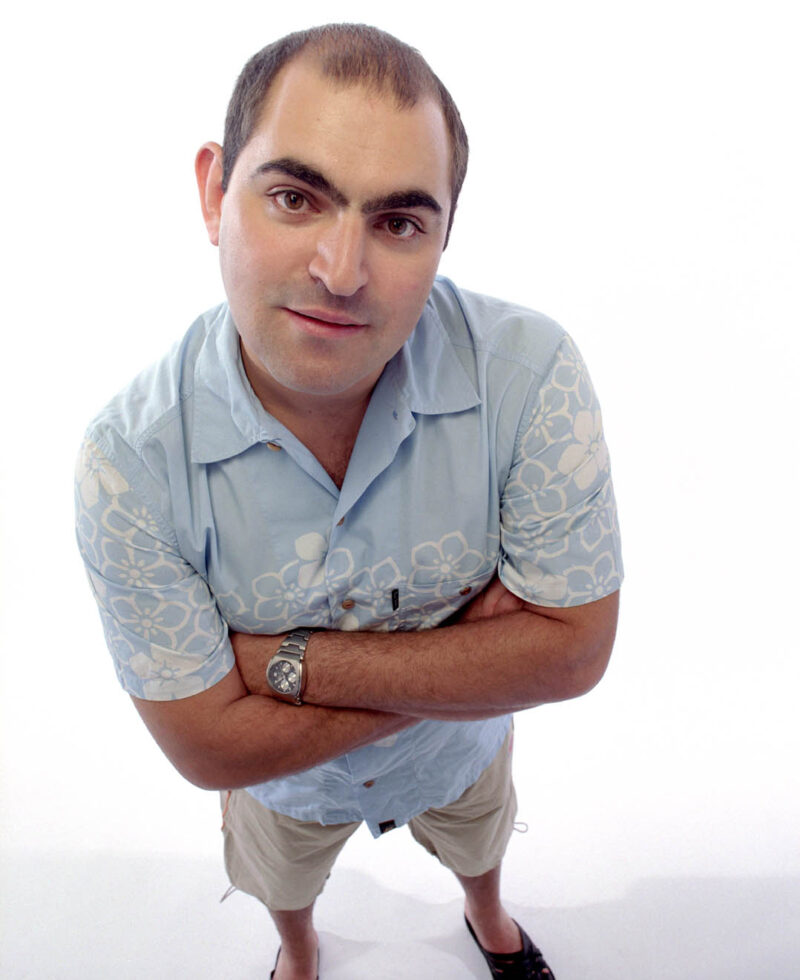
Anthony Pappa: A Precocious Talent
‘Mixing came to me naturally’
In his youth the Pappa household served as a rehearsal space for his father’s rock ‘n’ roll band. While his dad played keys, Anthony developed a passion for rhythm, creating percussive symphonies using the family kitchenware, or as Anthony bluntly explains: ‘I had penchant for banging on pots and pans.’
Recognizing his creative spark, his parents bought him his first drum kit at age 4. Anthony immersed himself into the craft: “My father encouraged me to pursue drumming professionally. I was deeply involved in it, practicing several hours a day”. That rhythmic foundation would proof invaluable later in life.
Influenced by radio shows and peers, Anthony delved into dance music around the age of 12. “I started recording radio shows and buying records,” he recalls. To finance his DJing passion, he took up part-time jobs washing dishes and cars until he could afford his own DJ equipment.
Once he received turntables, he took to mixing very quickly. “I’d never seen a DJ perform live and had no idea about the skills involved. No one showed me the ropes. I actually learned to beat match by using a metronome I had for drum practice.”
Before he even knew what DJing involved, he ‘mixed’ with the metronome, adjusting its swinging speed to sync with songs playing on the radio—a percussive exercise, if you will.
“A metronome adjusts tempo, much like a DJ deck’s pitch control,” he explains. “It makes a click sound which I used to sync with tracks on the radio. By age 13, when I got my decks, I could mix right away—just start the record and adjust the speed. Mixing came to me naturally.”

Dream Weaver
In his mid-teens, Anthony earned money as a mobile DJ, providing music for everything from underage friends’ birthdays to 21st birthday parties. “During this period, I kept expanding my record collection.”
That growing collection led him to become a club DJ by age 18 – legally. “My first club gig was at the Metro in Melbourne, which quickly became my regular Friday night spot.” Within a year he was fully immersed in the Melbourne DJ circuit, routinely playing week nights too.
Next came interstate shows, where his credibility and reputation as a technical professional grew. “I found myself supporting international DJs during their Australian tours.” It was during these support slots in the early nineties where Anthony formed friendships with DJs like Dave Seaman, Graeme Park, Sasha, and John Digweed.
However, it was his entry into a 1993 Mixmag competition for bedroom DJs to win a set at London’s Ministry of Sound which changed everything. “I was 20 at the time, and my entry won. That earned me my first international gig.”
Anthony’s first overseas trip saw him perform a Saturday night slot at what was then the world’s most credible and infamous club. On the night he shared the stage with CJ Mackintosh and Tony Humphries, playing Ministry’s main room from midnight till 2 AM. “Yeah, I thought, this is pretty crazy!”
During this trip, Anthony was accompanied by his good friends Phil K, Stewart Hannah (owner of DMC Records in Melbourne), and Gab Oliver (Zero Tolerance).
Hannah managed to arrange another show for Anthony the following week at Sasha‘s Up Yer Ronson night in Leeds. “It was an unforgettable time, the most enjoyable three weeks of my life.” Needless to say, it was also a transformative trip. “That experience convinced me; I wanted to be part of the scene. I was determined to pursue this path as a DJ.”
Upon his return home, Anthony informed his family that he was relocating to pursue his dream. As expected, his parents weren’t thrilled to hear that their child had chosen an international career in a then unknown creative field. ‘My dad didn’t take it well. He had hoped I would take over the family business,’ Anthony recalled. ‘I reassured him that if things didn’t work out, I could always come back.’
However, this wasn’t just a gamble for Anthony; it was simple destiny. ‘I wasn’t just going to try; I was determined to succeed.’ In May 1995 he moved overseas with just a box of records and a suitcase.
He stayed there for 20 years.
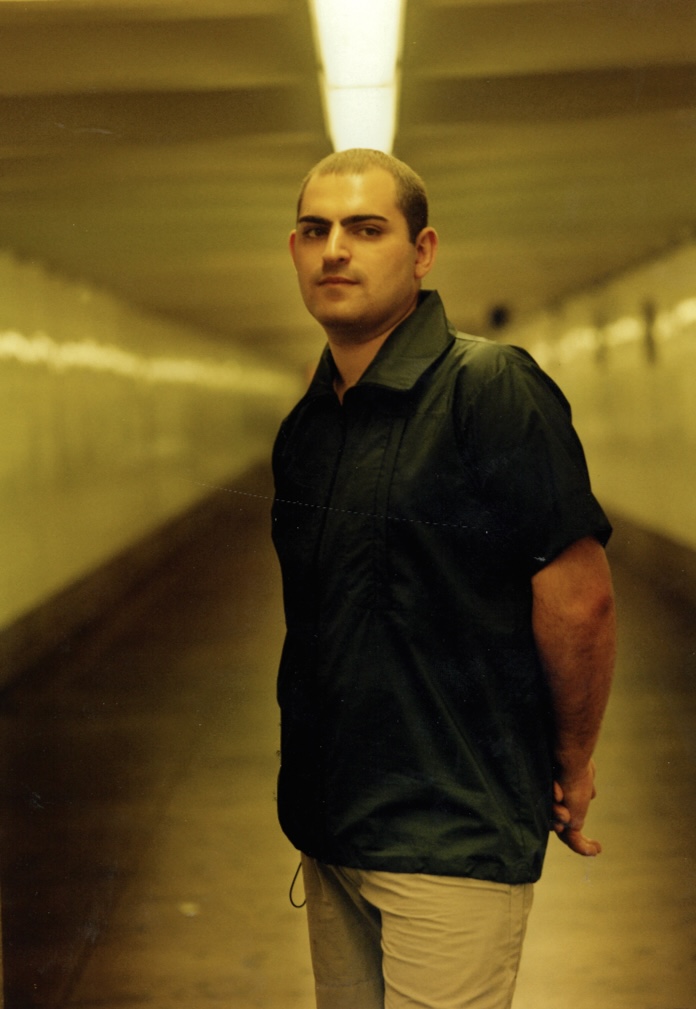
Play The Harmonic Game
Once he arrived in London, Dave Seaman arranged a job for him at Stress Records and DMC‘s offices in Slough. The position were entry-level, and the pay was modest (“I wasn’t paid a lot”), but for a passionate music enthusiast, the opportunity to listen to label demos and create mixtapes was a dream come true.
The office shared a space with Mixmag and housed three music studios. It’s also where one of his most resonating moments occured. “My first studio sessions under the name Freefall (with Alan Bremner) happened there, and it’s where we produced ‘Skydive.’
Regular bookings at nights like Renaissance furthered his reputation, bolstered by his talent for mixing records harmonically, a skill not yet commonplace in those days.
Crash Course: Harmonic mixing, also known as key mixing, is a DJ technique used to blend tracks by ensuring their musical keys are compatible, creating a smoother and more cohesive mix.
Mixing harmonically incompatible tracks can range from sounding jarring to outright terrible in enjoyment. In the past, DJs used stickers on vinyl covers to remember each track’s key.
Nowadays, this art requires less technical proficiency, as modern equipment like CDJ-3000s automatically register track keys.
So how does one cultivate a skill that at that stage wasn’t openly discussed?
“The very first time I saw a BPM and a key sticker on a record cover was when I met Phil K in ’88. I was about 15 years old.” This happened at a house party. “I asked Phil about the sticker, and he explained that it indicated the key of the record.”
That curiosity paid dividends. Anthony’s interest was piqued. His dad had a keyboard which he utilized. “I began figuring out the keys of my records, mimicking what I’d seen Phil do. Once I started mixing this way, it was a game changer.”
Mixing Hand For Hire
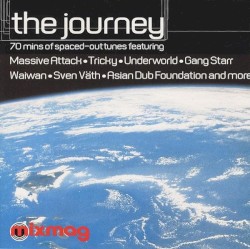
Anthony honed that skill to the extent that he became known in the industry as a dependable mixing-hand-for-hire. His name graced many CD booklets as he stood behind the decks for various brands and labels: from a Mixmag cover CD spanning hip hop to deep house to jungle; to a 2CD Platypus label retrospective showcasing Anthony’s key mixing skills; to an old-school Renaissance 3CD extravaganza, which Anthony received a gold disc for UK sales exceeding 200,000 copies.
It was only a matter of time before he got his headline mix compilation break.
In 1999, Global Underground chose him to helm the first edition of the label’s Nubreed series, highlighting the new generation of progressive DJs breaking through.
The 2CD mix catapulted Anthony from a local name to global fame, introducing a new progressive frequency that felt cerebral and moody—a deliberate creative decision.
“In the late ’90s, everything was getting a bit stale with fast progressive, almost trance tunes. The timing felt perfect for a change. So when Nubreed was released, it coincided with the turn of the decade. It introduced a fresh sound and a new style.” Anthony brought an edge to prog that no one knew was lacking. For his career, it changed everything. “After that mix, my international status and bookings escalated.”
The follow-up compilation, Resolution, released through React in 2002, expanded on his GU mix by taking his sound to new tenebrous heights. It felt immersive in a way that felt illicit—like a midnight rendezvous with a forbidden lover.
“Yeah, the music was really dark back then.”
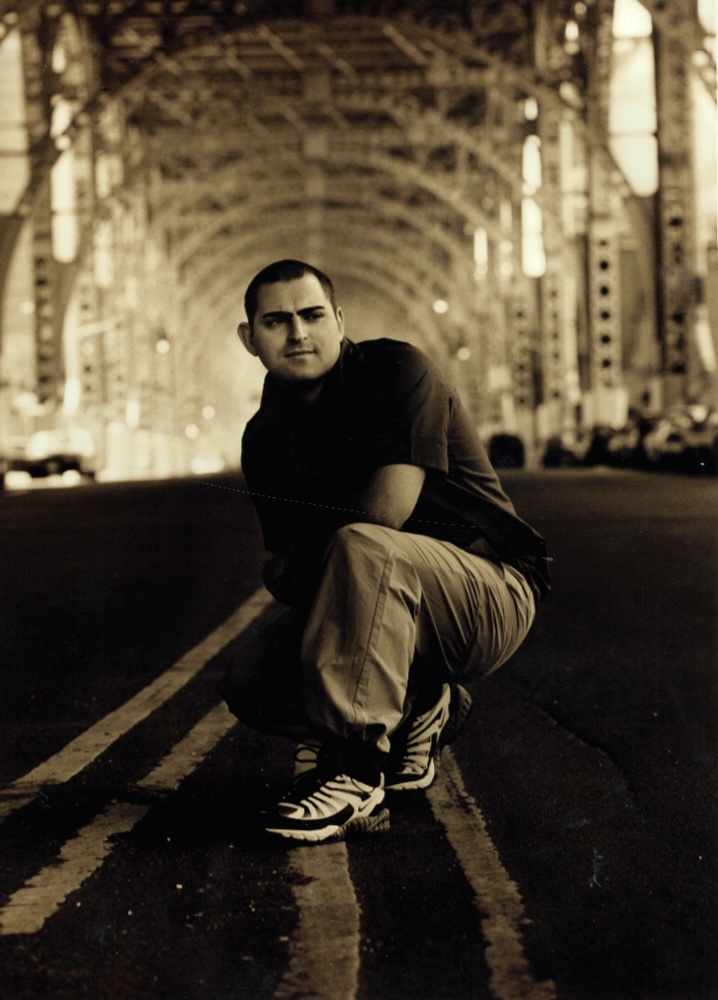
Achieving the perfect balance
At the start of the 2000s, Anthony averaged between 200-245 global gigs a year, including residencies from Twilo in New York to Womb in Tokyo. He even reached the Top 20 of DJ Mag’s then-credible annual Top 100 DJ list. He was in hot demand by anyone’s standards. During this period, the anticipation for Balance also reached new heights.
In 2003, James Holden played 4D musical chess with Balance 005. With a heady mix of techno, prog, and other abstract shades, it sounded like a back engineered musical relic from the future. It quickly solidified its place as a classic in the Balance catalogue—and was well on its way to becoming an all-time great. Anthony had the unenviable task of following that.
As Balance creator Tom Pandzic recalls, the timing was right: “We were big fans of Anthony, and as one of Melbourne’s original DJ exports, we always hoped we would collaborate. But we had to find the right moment.” That moment arrived—and it was significant. “Balance 005 elevated the series, and we knew the follow-up would be very important. I was very confident that Anthony would rise to the occasion.”
It was a challenge Anthony relished: “What James was doing at the time was revolutionary. That approach excited me.” With several compilations already under his belt, he was confident in his ability to deliver. “For me, there was no real pressure; the key is finding the best music possible at the time to create something unique and enduring.”
And sourcing music wouldn’t be an issue; once word spread about Anthony’s commission, he received over 1300 tracks, including 100 CDRs filled with music, from hopeful producers eager to be included in the mix.
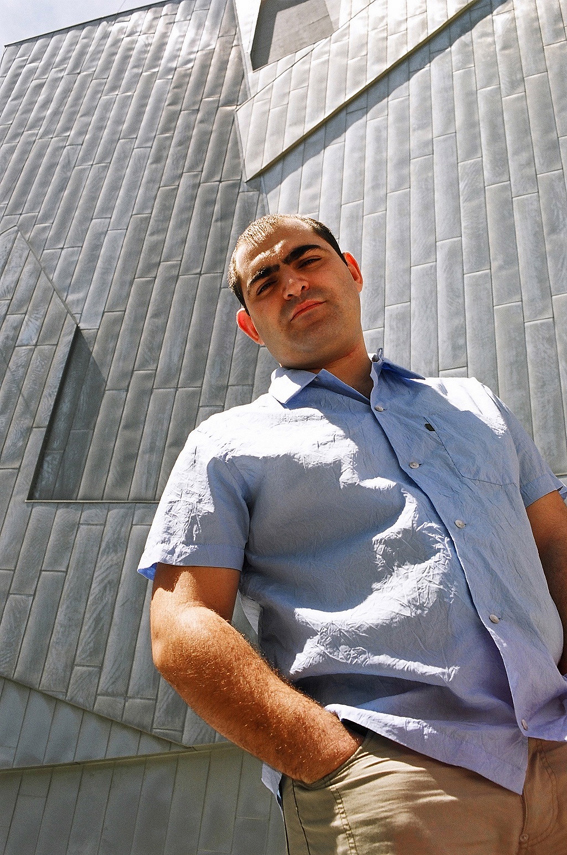
Aces Up The Sleeve
For Balance 006, he had two new aces up his sleeve. First, he decided on a dedicated breaks mix. At that stage, prog DJ’s had dabbled with the odd progressive breakbeat here and there on their compilation (Anthony included), but no one of Anthony’s caliber had dedicated an entire disc to the sound..
During that time, Melbourne was buzzing with prog breaks. As Danny Bonnici mentioned in our recent interview, local clubs were the birthplace of many tracks that would later become classics. Phil K, Luke Chable, Nubreed, Zero Tolerance Records… the scene was thriving. As a born-and-bred Melburnian, Anthony had close ties with everyone.
The second ace was Ableton. Until then, mix compilations were typically tweaked on computers using programs like Logic or Cubase during post-production. Since Anthony’s collaboration with his regular engineers had ended, he needed a new solution. Enter an old friend who was as comfortable with technology as he was with DJing.
“Phil K played a crucial role in this project. During a visit to London, I shared my plans for the Balance with him. Phil suggested using a program called Ableton, and after I bought a copy, he guided me through its use.”
Ableton gave Anthony more time and freedom to engineer the mix himself – and the meticulous attention to detail is evident. You have to squint to notice, but traces of his audio sculpting are evident throughout.
Listen to the transition on Disc 2 from Rhythm Unlimited “All I Wanna Do” to Pig&Dan “Basement“: midway through the mix, you can hear the former dissolve into a filtered frequency that gradually blends with the new track. This is the art of digital mixing.
Anthony still dabbles in digital, although less frequently due to Pioneer’s technological advancements: “I enjoy playing live because I can replicate Ableton on the fly with looping and all the features CDJ-3000s offer.”
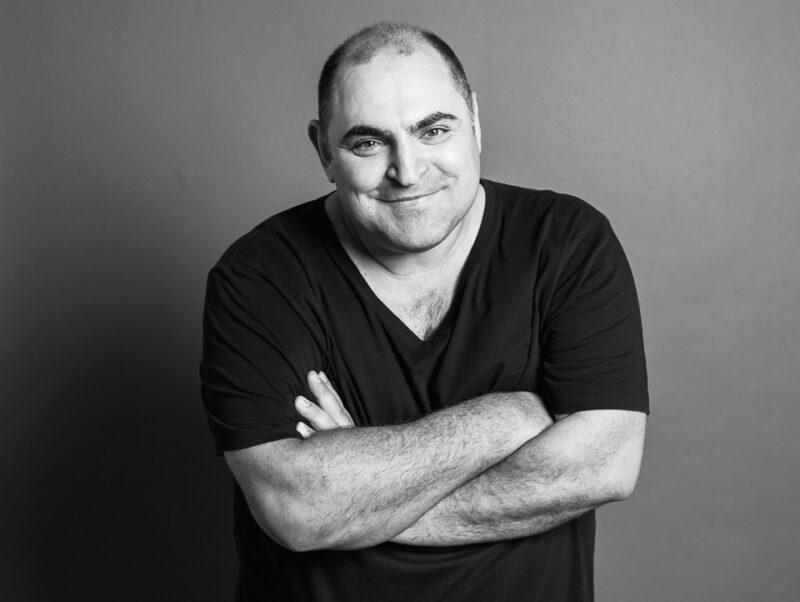
Melburning Bright
Listening to Disc 1 today, Melbourne’s influence is unmistakable. Not only is it Anthony’s birthplace and the home of Balance, but musically, the city’s fingerprints are all over the mix.
A starting point is Luke Chable, featured twice on Disc 1 with his melodic ambient opener “Into The Storm” and the earthquake-inducing remix of fellow Melburnian Steve May’s “Open Day.” The DNA of those two tracks permeate the entire mix.
Melbourne producers weren’t the first to merge breaks with melodies, but they arguably honed the sound into something novel. They intensified the melodic euphoria and added a dynamic aesthetic which started cooking worldwide—a sauce the rest of this Balance mix stewed in.
Through tracks from Fretwell, KVK, and Michael Lanning, the fractured rhythms are soothed by pensive vocals and melodies. Later on, cuts from Chimera, Slacker, and Tilt lifts the mood to new heights, ending the journey on an absolute sugar high.
This wasn’t the first progressive breaks mix to be released, but it was arguably the last great one.
If CD 1 is the spiritual and centered friend you’ll happily introduce to your parents, CD 2 is the kid your parents warned you about—the one who smoked cigarettes at school. It’s a devilishly hard mix to deny, an adventurous ride through some of the dankest tech-prog the circuit had to offer.
The house tracks thump with tribal drive (Mara remix of Rennie Pilgrim; Dirty German “Be Together“), and even the techier moments feel seductive (Moonface “Our Prediction“; MCCP “Deeper Inside“). Moments of darkness shine through, but they’re always woven into a mischievous undertone. With each passing track, you get the distinct feeling this mix is flirting with you.
As it unfolds, the sexual tension builds. Once dopamine-inducing tracks from Musgrove & McGrath and Chris Salt arrive, the more playful energy is intensified.
Nowhere is this more evident than one of the most audacious moments ever on any Balance mix: the wildly eccentric “Beija For” from Shpongle. The UK psy-trance shamans, at that time far from household names among the prog cognoscenti, made for a peculiar addition. As Anthony revealed, this track wasn’t among the 1,300 submissions for the project.
“Yeah, that was totally Phil K’s recommendation. He said, ‘Man, you need to listen to this record, it’s crazy.’ Phil’s description almost downplayed it. ‘Beija For‘ is like a track stuck in a DMT trip: unhinged vocals, psychedelic guitars, and a mischievous energy only the Norse God Loki could invoke. It’s so offbeat that even Anthony Pappa struggled with how to mix it.
“I didn’t know how it would fit because it’s so different and you can’t fit it into anything. But I liked it and want it on so that’s why it’s the last track.”
Anthony was right; it is the perfect curtain closer, an exclamation mark to a musical panegyric.

A lesson in Gratitude
Today, Anthony is feeling revitalized, a moment that once seemed distant. In 2017, shortly after relocating to Australia, he was involved in a serious car crash that not only derailed his career but also endangered his life.
“I almost died. I broke my back and both legs and arms. I was in the hospital in a wheelchair for four months. It took me two years to learn how to walk again. Everything, from my music to my entire life, came to a halt,” Anthony recounts.
He was faced with a steep recovery. Yet, for someone who consistently radiates the enthusiasm of a child unwrapping Christmas presents, he turned this harrowing experience into a profound lesson in gratitude.
“I’ve rebuilt my life to the point where I can perform gigs at amazing venues once again. I don’t take any of it for granted. I’m incredibly grateful to be alive.”
The term ‘they don’t make them like they used to‘ applies not only to this mix but also to Anthony’s career. Twenty years on, Balance 006 remains a crown jewel in the series catalogue.
It’s a creative masterpiece that could only be crafted by an artist who began playing drums at age 4, learned to mix using a metronome, and packed up his suitcase to relocate to a different country to pursue his dream.
And 20 years on, Anthony Pappa still remains a crown jewel in the story of progressive house.
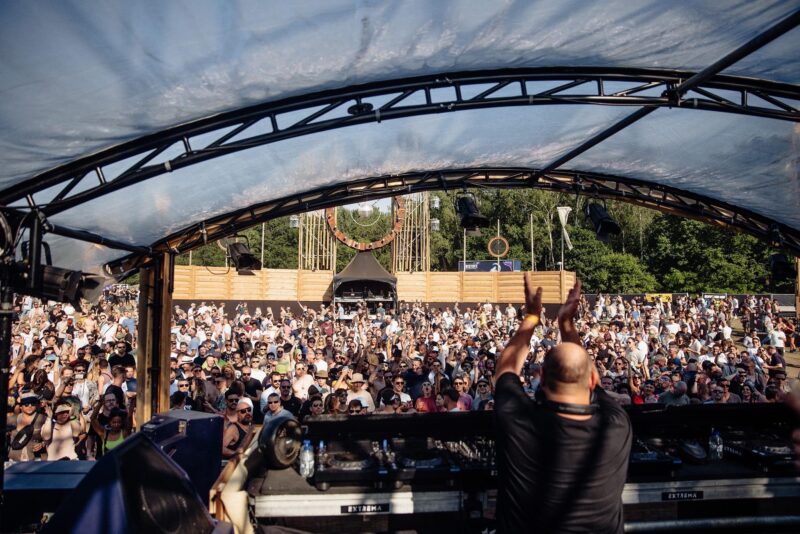
🚨🚨 To commemorate 20 year of Balance 006, Anthony Pappa compiled a special 2 hour mix which serves as a 2024 rendition: one hour of breaks and one hour of 4/4. It’s a lush journey through fractured melodies and tense prog. Listen to full mix via link in bio. 🚨🚨
01. Circulation – EOS (Balance Music)
02. Static Guru – Endless Cycles “Muzvio Remix” (Capital Heaven)
03. FACTORe – Leave Me In The Ocean “Framewerk Extended Remix” (Fluentia Music)
04. Brent Lawson – Sonic Horizons “Framewerk Remix” (Pro B Tech Music)
05. Angelmoon, Visnadi, Danny Losito & Matteo Bruscagin – Rain “Framewerk Rewerk” (Not On Label)
06. Gai Barone – Via Fermi “Original Mix” (Music To Die For)
07. Wolfframm – Control “Original Mix” (Late Night Music)
08. James Beetham & Bill Hunter – Blindsight “Fourthstate Remix” (Late Night Music)
09. Four Candles – Two Birds (Tenampa)
10. Denis Kenzo – Call My Name “Extended Mix” (Senatee)
11. Soulfinder – Snow Leopard “Framewerk Remix” (Capital Heaven)
12. FOTN & Yeadon – La Danza (10 Sreps North)
13. Circulation – Viking Rodeo (Balance Music)
14. Sean Harvey – Specialised (Mango Alley)
15. Essco – Jah “Original Mix” (Pro B Tech Music)
16. Zankee Gulati – Mind Opener (Meanwhile Recordings)
17. Kamilo Sanclemente & Sebastian Valencia (COL) – Pretend (Plattenbank)
18. Kamilo Sanclemente & Sebastian Valencia (COL) – Holograph (Plattenbank)
19. Christoph, Pete Tong & Paul Rodgers – Where’s The Music Gone “Extended Mix” (Anjunadeep)
20. JPA Feat. Kate Watts – Stand For “Extended Mix” (White Label)
21. Sasha – Belfunk “Four Candles Mix” (Not On Label)
22. Sasha & Sentre – Glastacy (Last Night On Earth)
23. Sasha & Sentre – Glastacy “Intro/Outro Mix” (Last Night On Earth)





